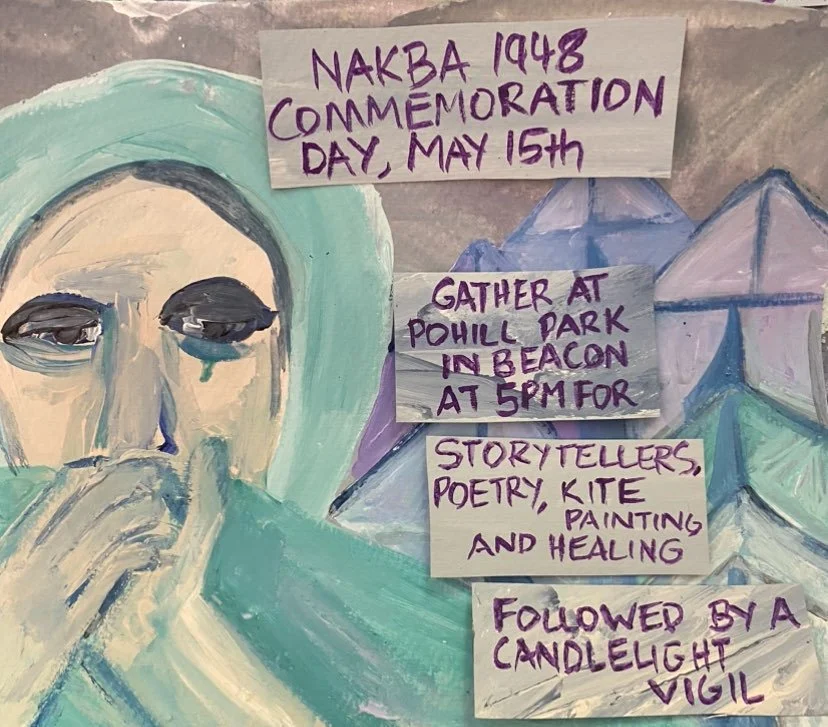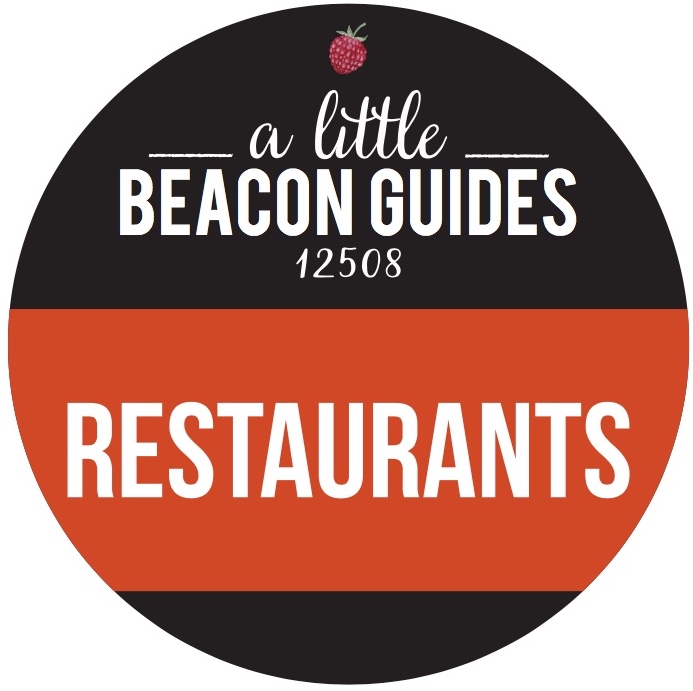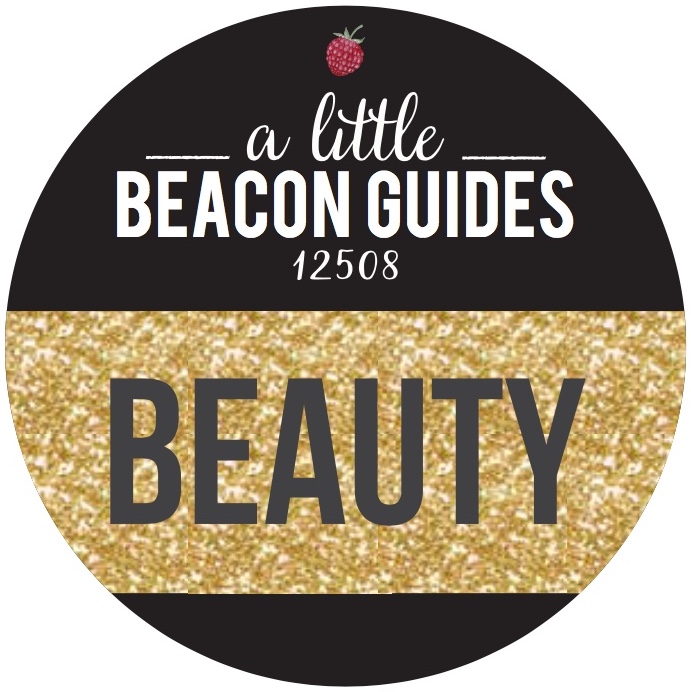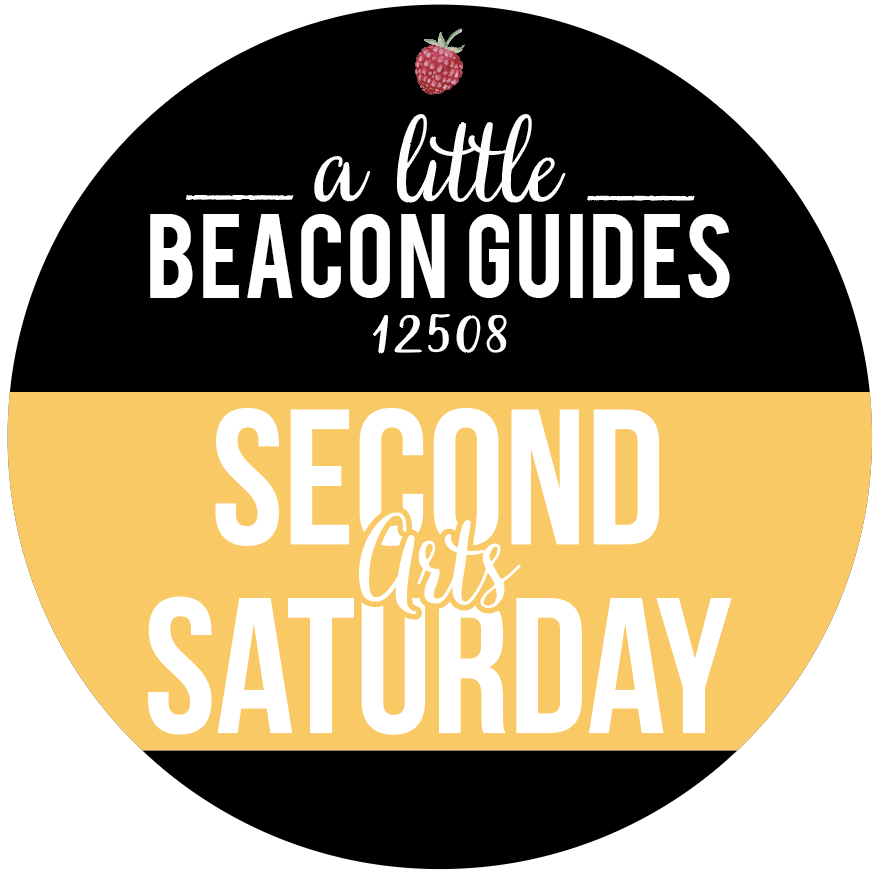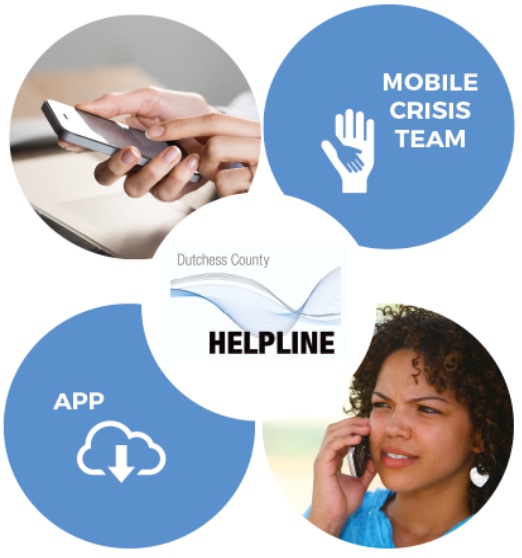Interview with Gabriel Berlin, Chair Of The Newburgh Transportation Committee About Ferry Service
/During the research for the Newburgh-Beacon Ferry article, we came upon Gabriel Berlin, Chair of the Newburgh Transportation Advisory Committee. He reached out when he learned we were writing an article on the Newburgh-Beacon ferry weekend trial service, so we were able to learn more about his thoughts on the benefits of increased ferry service. Turns out, he lives in Newburgh with his wife, Annmarie Nye, who is a co-owner of Binnacle Books, a bookstore on Main Street in Beacon. When not talking transportation, Gabe and Annmarie run a design agency, Fishbulb Design.
Why are you on the Newburgh Transportation Committee, Gabe?
I am on the Newburgh Transportation Advisory Committee because I care a lot about transportation issues. I was asked to chair the committee by Newburgh Councilman Anthony Grice. I’ve been part of community groups in Newburgh for almost five years, and I saw this as a good opportunity to help elevate the voice of city residents who rely heavily on public transportation and safe streets. Transportation is something that truly affects all of Newburgh, whether working class or wealthy, young or old.
Why was the Newburgh Transportation Committee created?
The Committee actually existed until about a decade ago, but it was called the Parking and Traffic Committee, which gives you an idea of its priorities. It was defunct until we restarted it in 2018. One of the first things we did was change the name to the Newburgh Transportation Advisory Committee to reflect the city’s commitment to all modes of transportation, whether car, bus, ferry, train, walking, biking, skateboarding, scooter, and anything else!
Regarding the ferry - what are the benefits for Beacon, as you see them?
I personally know many residents of Newburgh, myself included, who would love better access to the city of Beacon for shopping, eating, and outdoor activities. But the Newburgh-Beacon shuttle and ferry only run on weekdays, and even then it is for a limited amount of time (for example there’s almost no service between morning rush hour and evening rush hour). So unless you have your own car or you can afford a taxi for every trip, your options are limited.
Furthermore, 30 percent of Newburgh households do not have regular access to a car. Seventy percent of Newburgh has access to one car or less. That is a lot of people who rely on public transportation to get around the Newburgh-Beacon area. So if there isn’t easy and affordable public transit such as a ferry in a walkable location in both cities, that is a lot of people who would like to visit Beacon, but can’t.
Is there a bus line that goes between Beacon and Newburgh?
There is, but it only runs limited weekday hours. No weekend service, no midday service, and last bus from Beacon on weekdays is 9:20 pm, last bus from Newburgh if you're trying to get back to Beacon is 5:30 pm (!). Also, reports from our riders indicate that service can be unreliable. Find more information about the bus here: https://leprechaunlines.com/stewart-newburgh-beacon-shuttle/
Once one has landed on the Newburgh side, is there easy public transportation to get up the hill? There is the waterfront to enjoy, but what if they wanted to get past that?
Bus service in Newburgh is managed by Orange County, which has four bus routes in the city, organized under its Transit Orange department. One of the four routes would take you up the hill via Washington Street, but Transit Orange buses only run until 7 pm, and don't run on Sundays at all.
In Beacon, we have the free G Loop bus that is coordinated with the train. When you get off the train, the bus is there to take you up our hill to Main Street. How does it work on the Newburgh side?
Everyone in Newburgh mentions the Beacon Free Loop as something Newburgh needs, as currently there are no weekend transportation options to get up the hill other than walking or private car.
[Editor’s Note: The Beacon Free G Loop was a major undertaking between the City of Beacon, Dutchess County, and BeaconArts. Recently, the City Council plans to continue co-funding the free bus.]
Do you have any other thoughts you would like to share with our readers?
I do! Three thoughts:
Study after study has shown that better public transit and walkable cities increase commerce and tourism. And there is a multiplier effect. If you have people walking to a shopping district, they are more likely to stop in at other businesses along the way, rather than traveling via car where they are more likely to drive straight to their destination, visit one business, then leave.
There’s also the environmental issue. We simply need to decrease our reliance on fossil fuels. And one of the ways to do that is encourage public transportation and walkability over low-occupancy vehicles.
And finally, gridlock and traffic. Every person that rides a ferry between Newburgh and Beacon is likely one less car creating gridlock on 9D at I-84. Imagine if a majority of the people traveling between the cities were off the road and on the ferry. There might never be backup on 9D in Beacon!
Gabriel concluded the interview with this: “Public transportation such as a ferry is a win for everyone involved, from business owners to city residents.”





